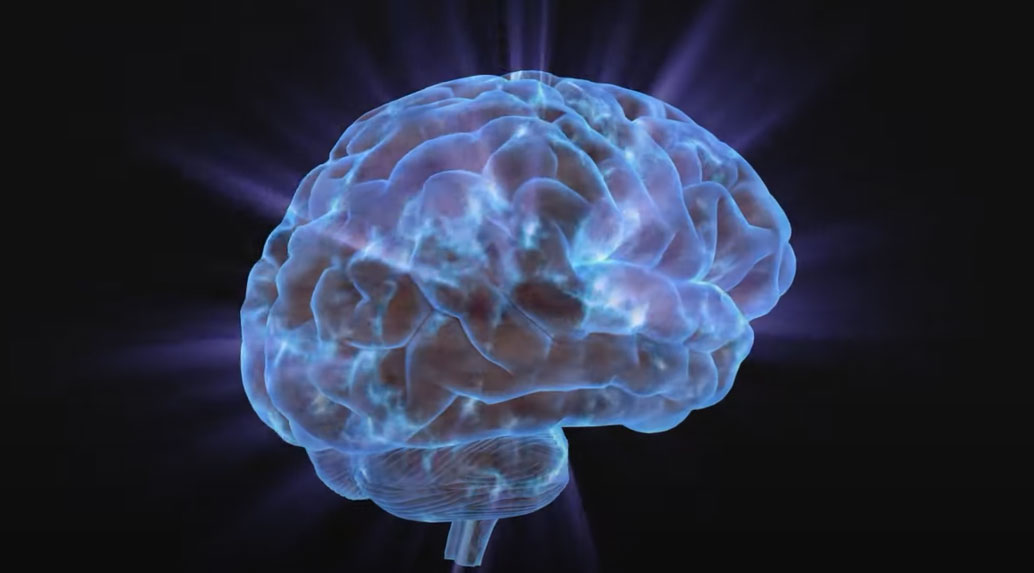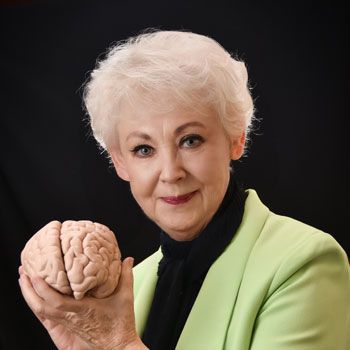Impact on Career Path
©Arlene R. Taylor PhD
Your relative position on the EAI Continuum can impact not only your career path but also your situational comfort level while trying to complete key tasks. Brains with differing preferences can learn to complete the same types of tasks, but the relative energy expenditures may vary dramatically, as well as the success of the outcomes. Remember, ambiversion is somewhere between the two extremes.
Following are examples of key tasks correlated to the extremes of extraversion-introversion in combination with Brain Bent.
Key: E = Extraversion, I = Introversion.
Refer to the summary table that follows:
| Prioritizing Division E = Negotiation, leading in times of plenty, situations involving goal setting and achievement (winning) I = Research of almost any type, diagnosing, fiscal management, investigative writing and/or reporting | Double * E = Negotiation, trouble-shooting, SWAT team activities, some entrepreneurial ventures I = Investigation, economics, scientific research, architectural design/drawing, investigative writing and/or reporting, some types of artistic endeavors | Envisioning Division E = New ventures, trouble-shooting, leading in times of crisis, self-directed work situations (e.g., truck driving, owner of a small business, consulting), entrepreneurial ventures I = Computer programming, geology, philosophy, composing, self-directed work situations (e.g., consulting, resource specialist), artistic endeavors |
Double * E = Operational Management, Purchasing I = Accounting, Engineering design |  | Double * E = Marketing, Public Relations, I = Acting, Artistry, Decorating / Designing |
| Maintaining Division E = Mechanics, assembling machines or equipment, assembly-line work, managing routines accurately, producing services for general public I = Bookkeeping, stocking supplies, accounting, following detailed instructions sequentially | Double * E = Routine tasks and services (e.g., secretarial, teaching, nursing, concierge positions, receptionist positions) I = Religious orders, bookkeeping | Harmonizing Division E = Teaching (elementary, high school), consumer affairs, public relations, chaplain or pastoral activities I = Guidance counseling, counselor, interior decorating |
Some brains tend to use two cerebral divisions on a regular basis when processing information (although only one division typically represents their brain bent). Often these two divisions are adjacent to each other, but not always.




